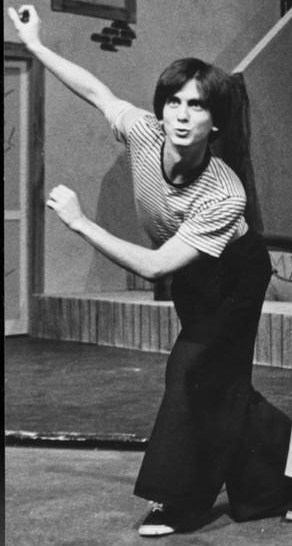The above portrait sold at auction last week, for 1.9 million dollars. I've been a big fan of Arthur's since she burst on the national scene with her sitcom Maude, but I had never heard of this painting until last week's auction. The artist is a man named John Currin, and he has a reputation for providing provocative work.
Regular visitors to these pages know I have a great admiration for Bea Arthur, evidenced by my many mentions of her. I wrote about her life and career when she died four years ago, and since then, she showed up in this Dance Party clip, opposite Rock Hudson. When the Oscars rolled around, and our Bea was left out of the tribute to the stars who had died in 2009, I fired off this response, which includes one of my favorite Arthur clips. And when I was celebrating my being cast as one of musical theater's most enduring "side-kicks," I had to include this clip of our gal's most famous musical moment. By coincidence or not, that song is this week's Dance Party as well, but in a very, very, VERY different way.
 |
| Bea Arthur as Vera Charles |
 |
| "Lucy. Mame." The publicity said it all: an icon playing an icon. What a lousy decision. |
Bea recreated her award winning performance for the film version of the show, not that anybody really noticed. When Mame the movie was released in 1974, the reviews were brutal, particularly for the leading lady, Lucille Ball. This film flop version of a smash Broadway show is a classic example of how Hollywood can turn huge success into crushing failure.
 |
| Lucy spent her early years as a chorine, but without much success. Go here for a look at how she handled musical numbers back then. |
Around 1970, when Mame's original Broadway production was winding down (after a substantial four year run), talk turned to a film version. Warner Bros paid an almost unprecedented amount for the rights to put the musical on film (only My Fair Lady had cost more), and were smart to engage legendary director George Cukor. Bette Davis was actively campaigning to play the show's drunken sidekick, Vera Charles, and it was suggested that Carol Burnett, at the time TV's reigning female clown, would be the perfect Gooch. The studio made a disastrous error, though, in their decision to cast Lucy as Mame. Ball was determined to invigorate her film career, as her third and last hit TV series, Here's Lucy, was drawing to a close; she invested 5 million of her own dollars to help finance the project.
 |
| The original musical Mame was not famous enough to carry the film. She went on to become one of the most beloved TV stars, earning 18 Emmy nominations and three more Tony Awards. |
Despite the fact that original Mame Angela Lansbury had already won two of her five Tony Awards, and had three Oscar nominations to boot, producers were not convinced her name could carry such a large budgeted film. Lucy was chosen without regard to the fact that she could not carry a tune, and in her 60s, could not dance well either. She was an international superstar, and the studio was convinced Mame would make a bundle.
Before shooting was to begin, Ball broke her leg, and the decision was made to delay the picture for a year.
 |
| Lucy looked great in her costumes. |
The delay caused George Cukor to bow out, which proved to be catastrophic for Mame. Cukor had shepherded My Fair Lady from stage to screen, creating a film which won the Best Picture Oscar and is now considered a classic (Cukor won for Best Director, too). Original Broadway director Gene Saks was hired to replace him. Paul Zindel, who had won the Pulitzer for his play The Effect of Gamma Rays on Man-in-the-Moon Marigolds, was hired to provide the screenplay, though he had never written a musical. Saks dismissed suggestions of Bette Davis in the role of Vera, and cast his wife, Bea Arthur, who had originated the role (and won the Tony for it).
When production finally began, it was immediately apparent that Lucy could not sing the part.
 |
| Composer Jerry Herman begged the studio to reconsider the casting of Lucy, but he had sold his rights. |
Mame contains several songs which require a solid belt, and it also contains the most famous Jerry Herman ballad of all time. Herman himself coached Lucy on her vocals, but to little avail. They tried to salvage the score by pasting different takes of Ball's songs together, resulting in a disjointed and confusing soundtrack.
Lucy had no luck getting rid of Bea Arthur, but Madeline Kahn was another matter.
Original Gooch Jane Connell was hired to replace Madeline Kahn, despite the fact that, at age 49, she did not look young enough to give birth, which was the major plot point involving her role.
 |
| I have great respect for Jane Connell, who spent her life on stage, in supporting roles (I wrote a little obit for her here). But her work in Mame the movie does not quite click. |
One of the more notorious aspects of Mame the movie is the director's attempts to hide Ball's age by shooting her close-ups with a soft-focus lens.
 |
| A major mistake was made by trying to hide Lucy's age. She was always a glamorous star, and someone said she would have made a fine Mame, 15 years earlier. |
The results are pretty jarring, and when critic Rex Reed snarked that they must have smeared grease on the lens to remove Lucy's wrinkles, the legend took hold and is still repeated today.
To her credit, Lucille Ball apparently worked very hard to make the movie work.
 |
| This sequence relied on Lucy's proven gift for physical comedy. Unfortunately, Mame did not provide many such opportunities. |
 |
| Where's that boy with the bugle? He should have sounded Taps. |
Ball's vocals could have been dubbed (Lisa Kirk, who dubbed Roz Russell in Gypsy, was reportedly considered), and her dancing was minimized (she was often lifted and carried by chorus boys). And the few moments in which she was required to supply actual acting ability, I think she came through. But just about everybody recognized this undeniable fact: the role of Mame Dennis required an elegant sophisticate, and Lucille Ball was a clown. There really was no hope.
























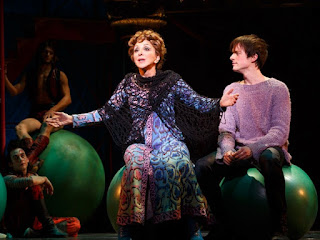














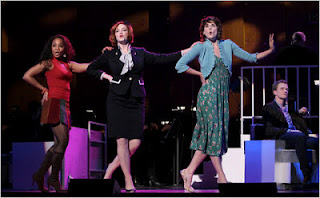



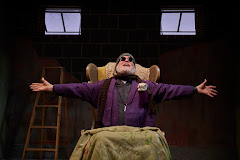




























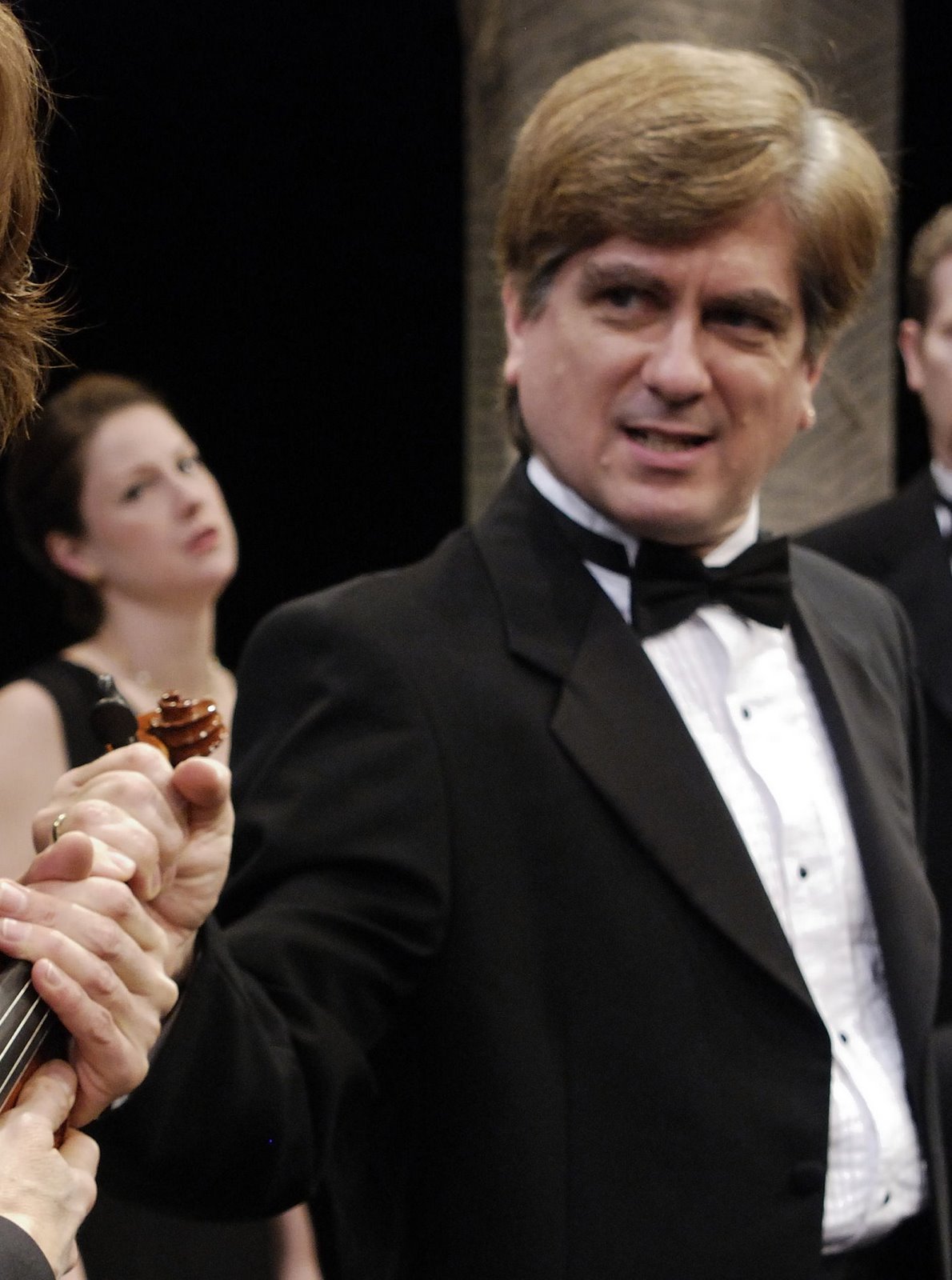
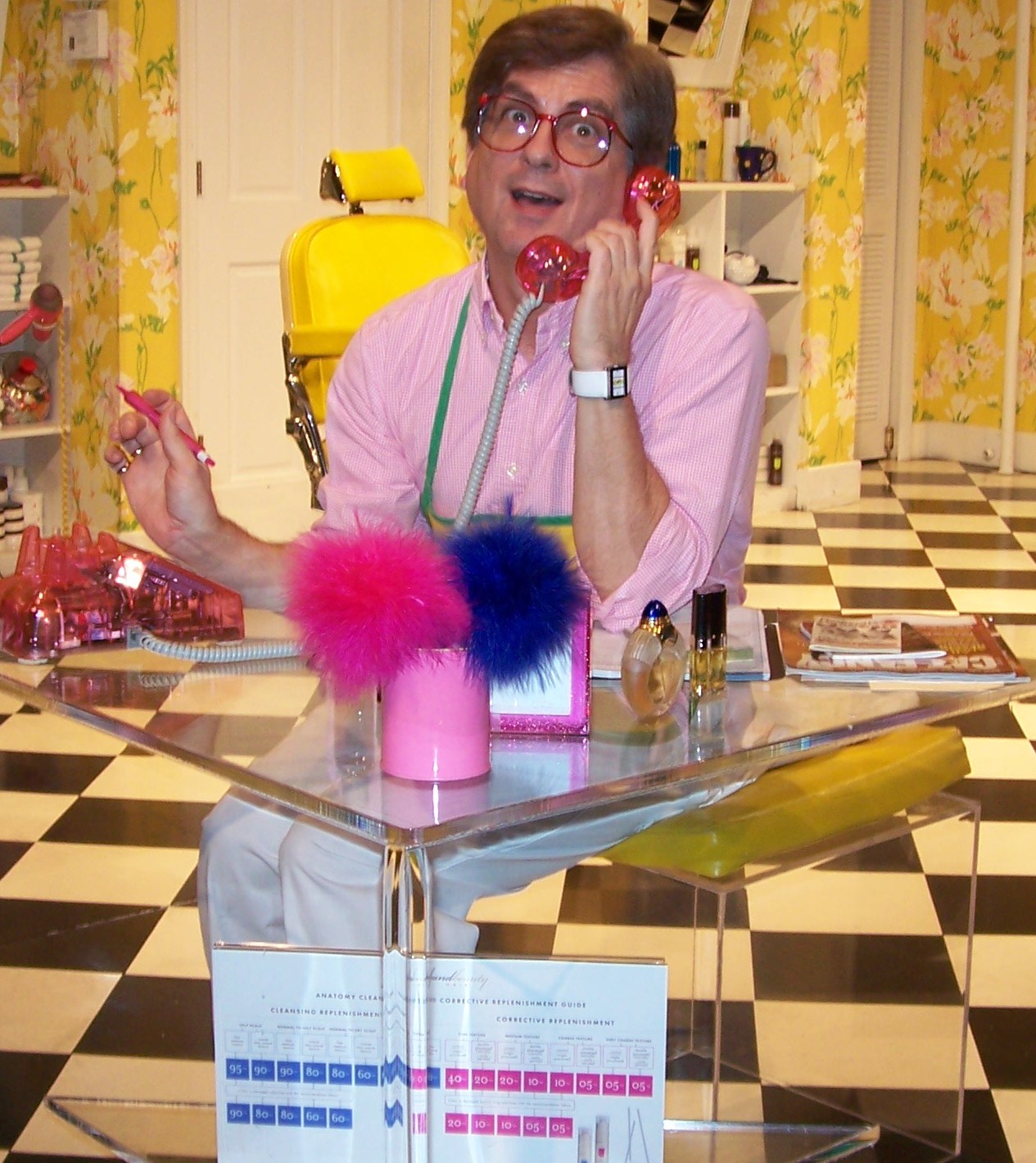
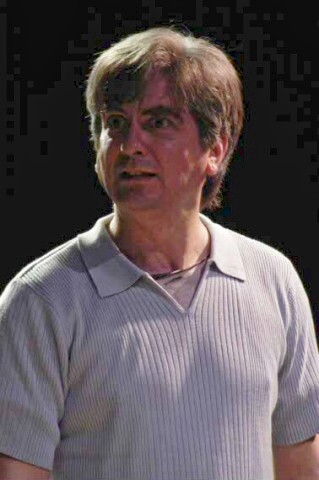
,+Olney+Theatre+Center,+2004.jpg)



,+Shakespeare+Theatre+Company,.jpg)
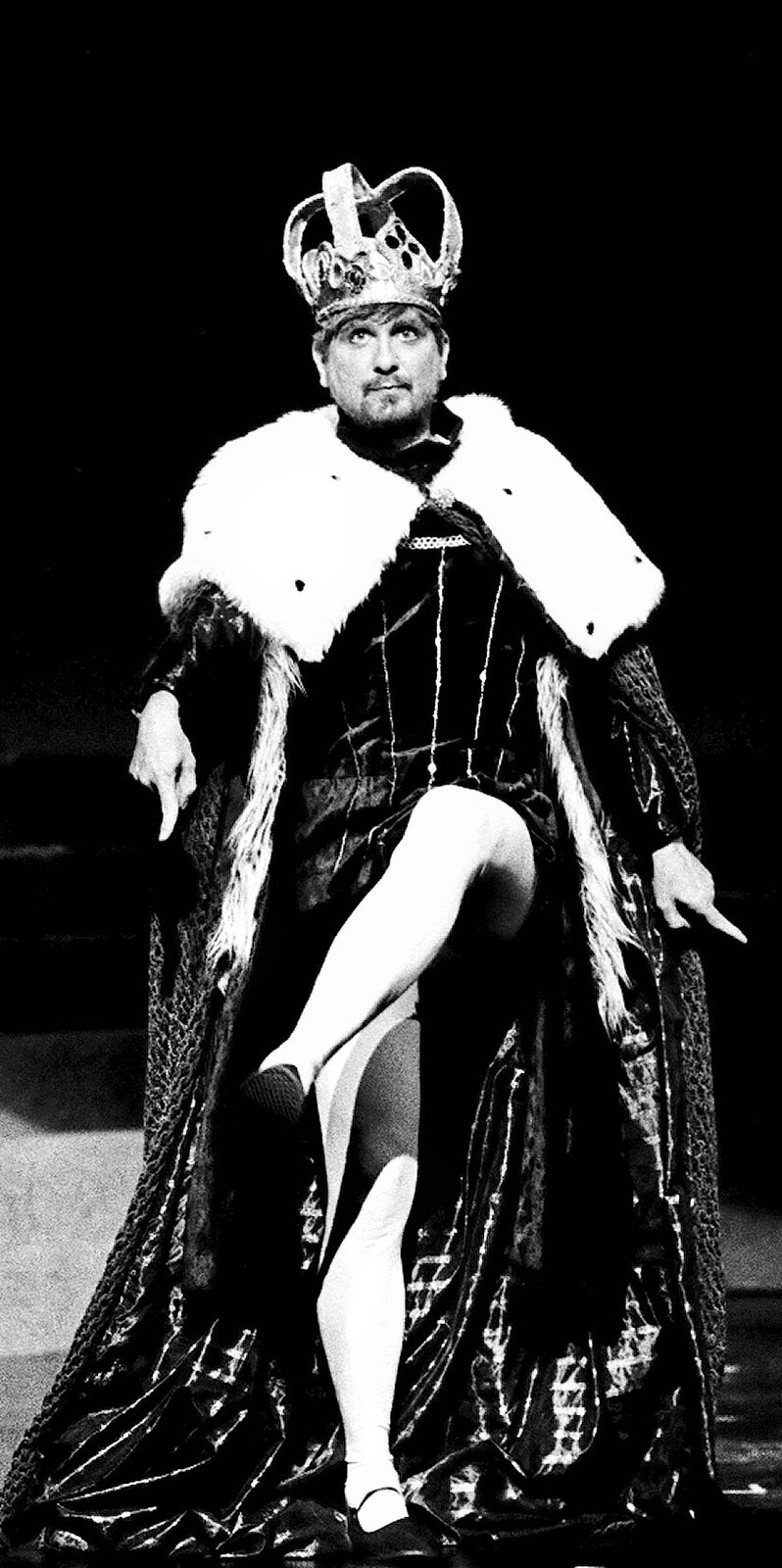

,+Warehouse+Theatre,+1999.jpg)
,+Are.jpg)
,+Everyman+Theatre,2002.jpg)
,+First+Nationa.jpg)
,+Shakespeare+Theatre+Company,.jpg)


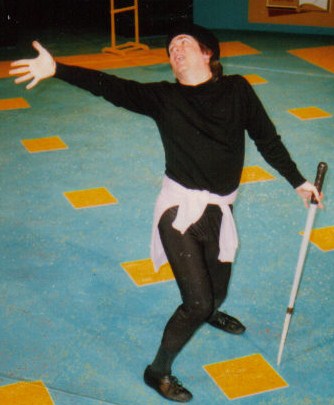
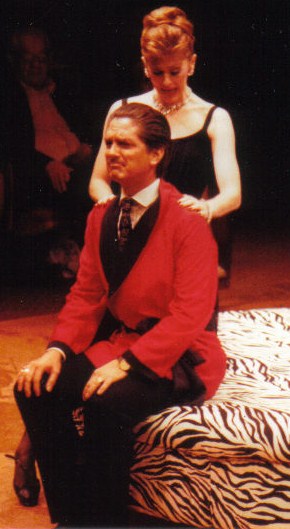


,+Granada+Th.jpg)
,+Globe+Playhouse,.jpg)
,+CSUN,+1976.jpg)
